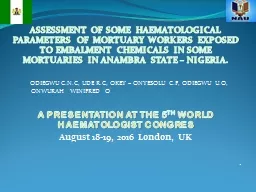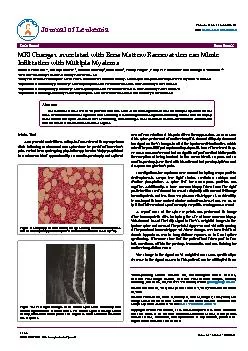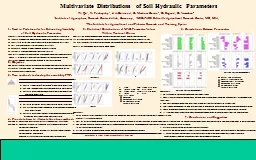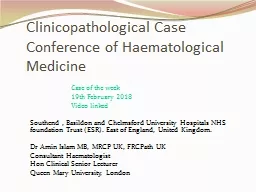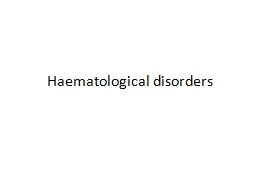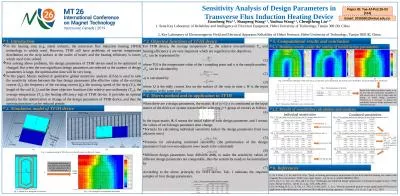PPT-ASSESSMENT OF SOME HAEMATOLOGICAL PARAMETERS OF MORTUARY WO
Author : lindy-dunigan | Published Date : 2017-04-16
ODIEGWU CNC UDE RC OKEY ONYESOLU CF ODIEGWU UO ONWURAH WINIFRED O A PRESENTATION AT THE 5 TH WORLD HAEMATOLOGIST CONGRES August 1819 2016 London UK
Presentation Embed Code
Download Presentation
Download Presentation The PPT/PDF document "ASSESSMENT OF SOME HAEMATOLOGICAL PARAME..." is the property of its rightful owner. Permission is granted to download and print the materials on this website for personal, non-commercial use only, and to display it on your personal computer provided you do not modify the materials and that you retain all copyright notices contained in the materials. By downloading content from our website, you accept the terms of this agreement.
ASSESSMENT OF SOME HAEMATOLOGICAL PARAMETERS OF MORTUARY WO: Transcript
Download Rules Of Document
"ASSESSMENT OF SOME HAEMATOLOGICAL PARAMETERS OF MORTUARY WO"The content belongs to its owner. You may download and print it for personal use, without modification, and keep all copyright notices. By downloading, you agree to these terms.
Related Documents

